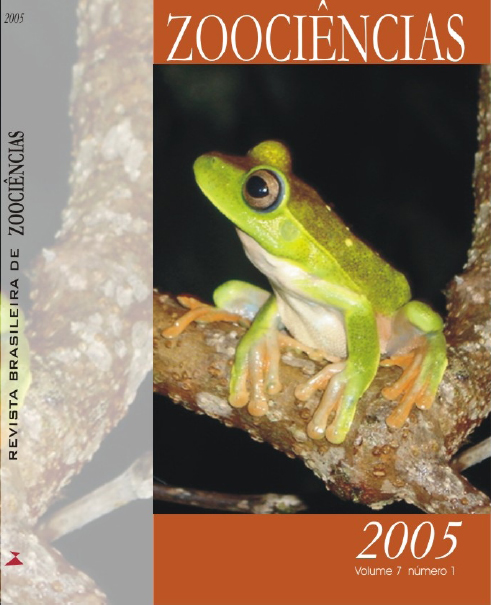Descrição dos padrões motores do Tupinambis merianae (Duméril & Bilbron, 1839) (Squamata, Teiidae) e do Caiman crocodilus yacare (Daudin, 1802) (Crocodylia, Alligatoridae) em cativeiro no Zoológico Municipal de Curitiba, Paraná, Brasil
Resumo
The tegu lizard inhabits forested regions, fields of high vegetation and cultivated fields in almost all Brazil. The paraguayan caiman presents an adaptation to aquatic and terrestrial habitats. The tegu lizard and the paraguayan caiman are ectotherms and requests supplementary heat from the environment, controlling their temperatures by thermoregulation.The literature including behavior of both species is rare. Our objective was describe the motor patterns of Caiman crocodilus yacare (DAUDIN, 1802) and Tupinambis merianae (DUMÉRIL & BILBRON, 1839) . The paraguayan caiman showed 77 postures divided in: ground rest, land dislocament, floating and water dislocament. The tegu lizard presented 42 postures divided in: ground rest and land dislocament. The postures have, in both species, the basic objective of thermoregulation and they
use differential behavior strategies to supplement their needs about ectothermy and the unfavorable environment conditions.
Downloads
Não há dados estatísticos.
Downloads
Publicado
2009-08-26
Edição
Seção
Artigos



